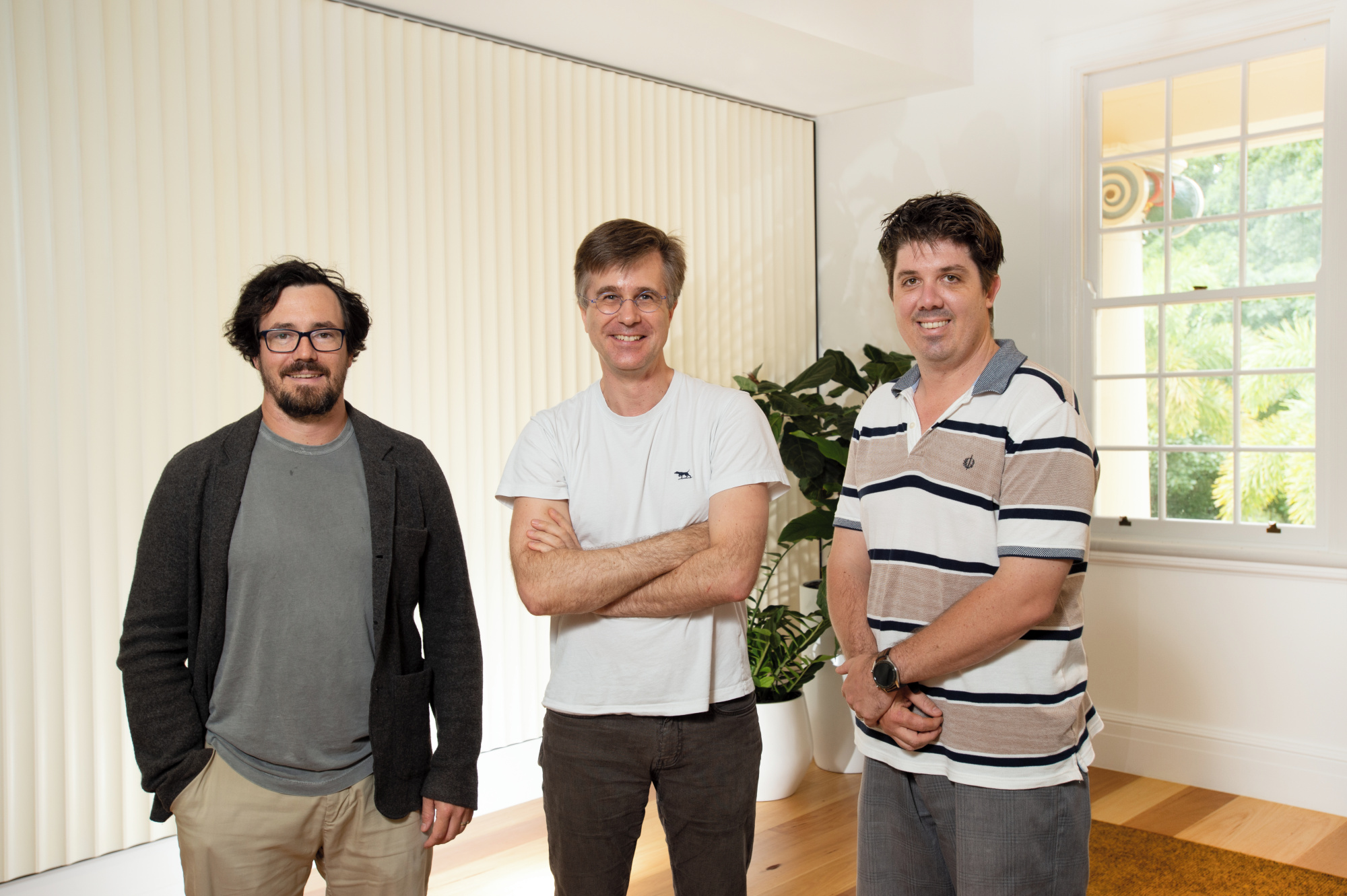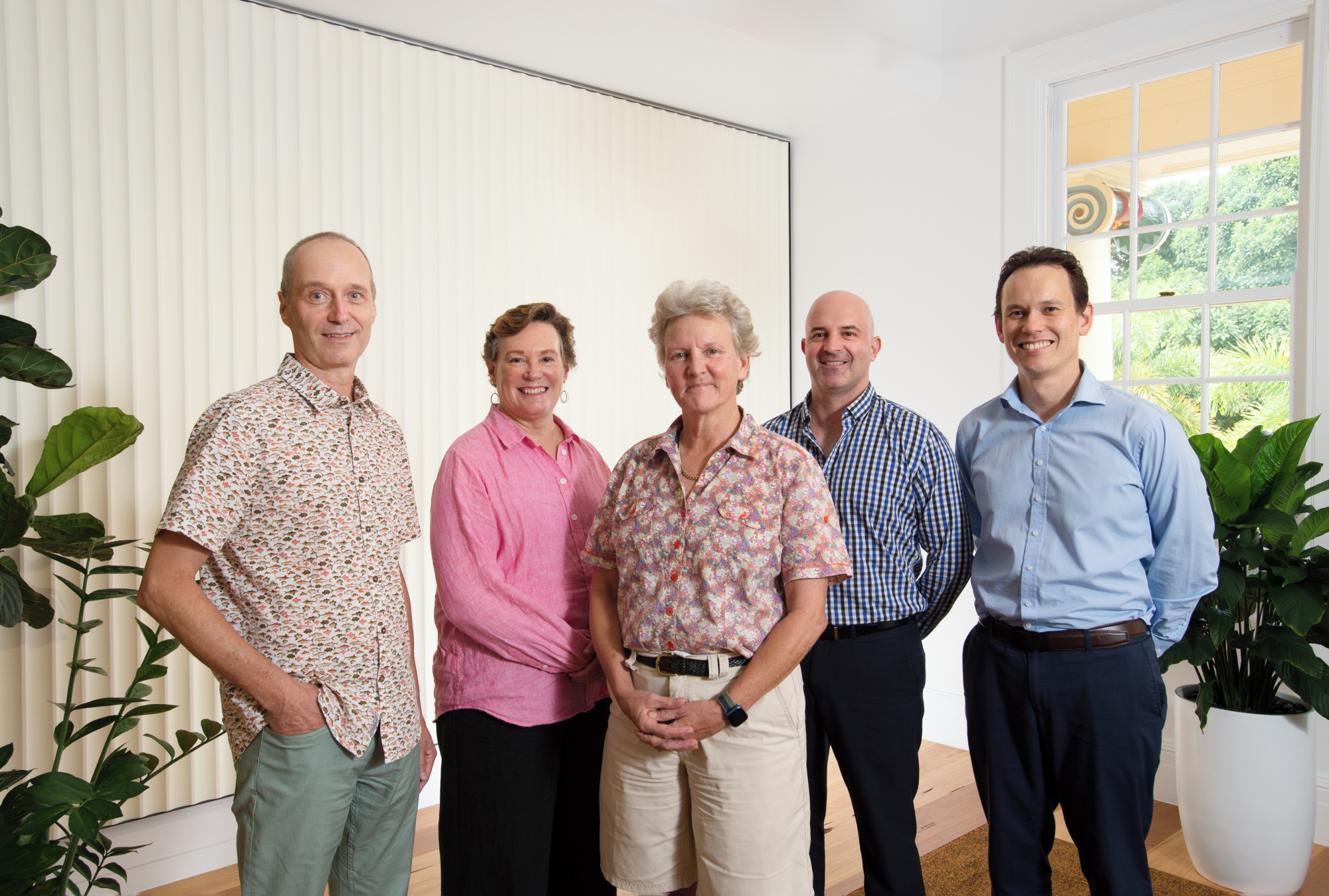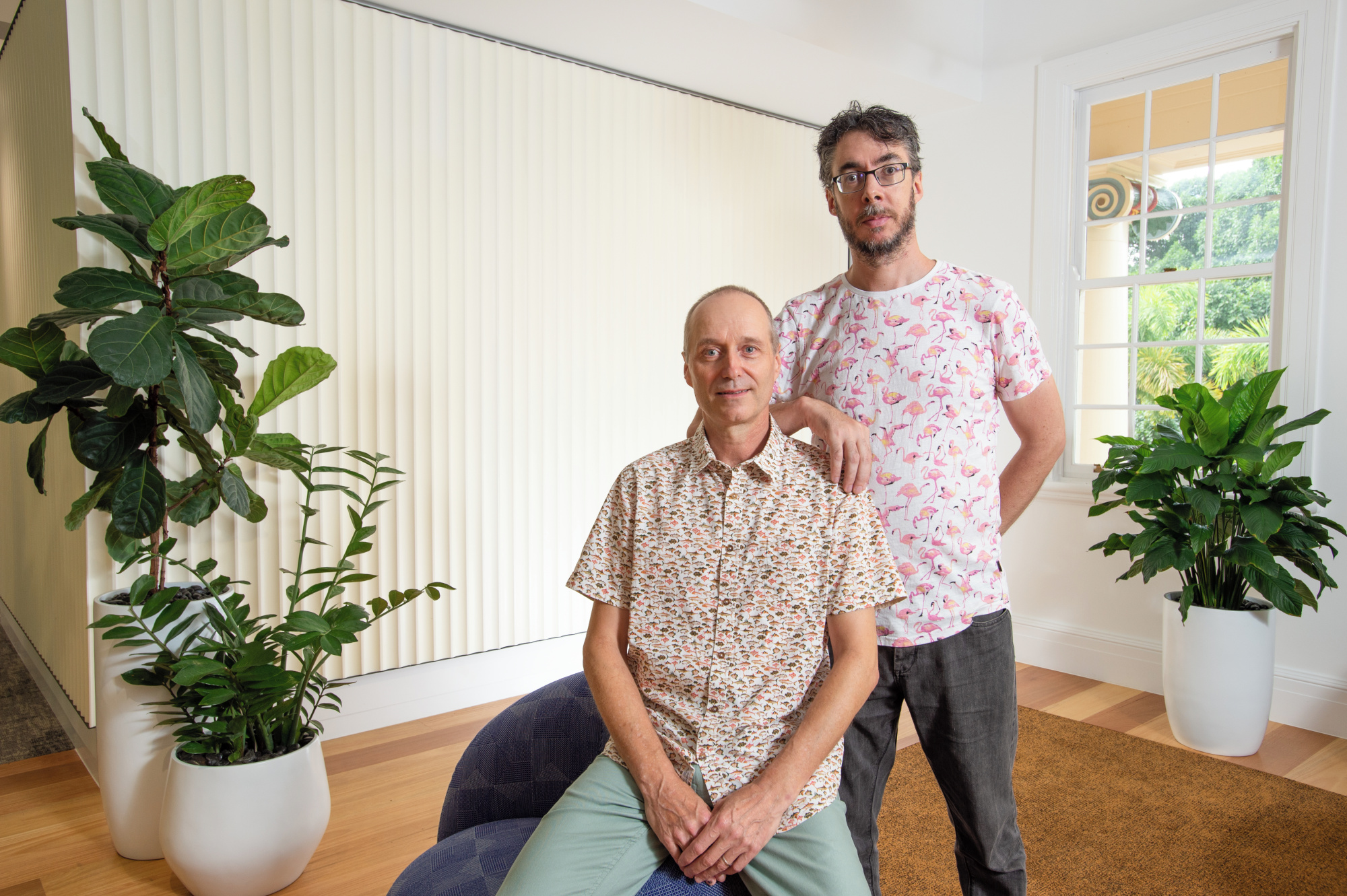QUT has received a total of $2,341,395 in Australian Research Council Linkage grants for five projects, matched with a further $3,037,005 cash and in-kind contributions by QUT and Industry partners.
Deputy Vice-Chancellor Research, Professor Christopher Barner-Kowollik said projects would advance research in key Australian economic industries, including agriculture and exploration, and would include a focus on carbon emissions reduction and the environment.
Professor Barner-Kowollik said QUT had achieved a 55 per cent success rate in its applications to this grant round, which exceeded the overall success rate of 33 per cent.
"QUT was among the top six universities to receive the highest number of funded projects Australia-wide and the second most funded Queensland university," Professor Barner-Kowollik said.
QUT projects will be led by researchers affiliated with a range of QUT research centres and projects, including the Centre for Materials Science, Centre for Robotics, Centre for Agriculture and the Bioeconomy, and Planetary Surface Exploration.
- High performance aircraft coating that reduces surface drag, fuel use and carbon emissions - QUT researchers received $435,588 to work with Microtau Pty Ltd on a three-year project to provide the chemistry innovation needed to produce materials with tailored properties including UV resistance, anti-fouling, and reduced surface drag. Applications are expected to enable more effective airflow over an aircraft, reducing fuel consumption. The project team includes Dr Bryan Tuten, Professor Christopher Barner-Kowollik, Associate Professor James Blinco, Dr Mitchell Quinn, and Mr Henry Bilinsky.
- Measuring zircon composition to discover copper deposits in the World's Ring of Fire - QUT researchers received $797,827 to work with BHP Group Operations on a three-year project to improve lab imaging and analyses of zircon chemical features to find more mineable copper. The project team includes Professor Charlotte Allen, Professor Balz Kamber, Professor Michael Milford, Dr Henrietta Cathey, Professor Clinton Fookes, Dr Rebecca Perkins, and Mr Simon Gatehouse.
- Non-GM crop protection against the armyworm – QUT researchers received $408,531 to work with Greenlight Biosciences on a three-year project to develop environmentally friendly non-genetically modified crop protection tools against a catastrophic pest, the fall armyworm. Expected outcomes of new crop protection technologies include improved Australian agritech capacity and security, strengthened international collaborations and global food production. The project team includes Dr Julia Bally, Professor Peter Waterhouse, Dr Kenneth Narva, and Dr Bridey Maxwell.
- Tailored materials to manufacturing processes for improved Lithium-ion (Li) battery production - QUT researchers received $475,185 to work with Lava Blue Ltd on a four-year project to develop tailored alumina materials for Li battery separators. New doped alumina materials are expected to improve battery safety, increase overall performance, and reduce manufacturing costs by integrating the process with new technology developed for high purity alumina production. The project team includes Associate Professor Sara Couperthwaite, Professor Jose Alarco, Associate Professor Jennifer MacLeod, Dr Wayde Martens, and Ms Sylvia Tulloch.
- Improved chemical analysis underpinning Australian minerals and agriculture sectors - QUT researchers received $224,264 to work with Agilent Technologies Australia on a three-year project to improve chemical analyses by mass spectrometers that underpins key Australian economic sectors, particularly minerals and agriculture. Research to improve the detection system for more precise and accurate data is expected to inform next generation instrument designs and open up new applications in areas of Australian interest, such as biosecurity, forensics, groundwater management, and drug design. The project team includes Professor Balz Kamber, Dr David Murphy, Mr Naoki Sugiyama, and Mr Fred Fryer.
The ARC Linkage Program promotes national and international research partnerships between researchers and business, industry, community organisations and other publicly funded research agencies.
In its announcement, the ARC stated funding supported the highest-quality researchers and research projects across disciplines and was awarded on a basis of a competitive process and rigorous assessment.









